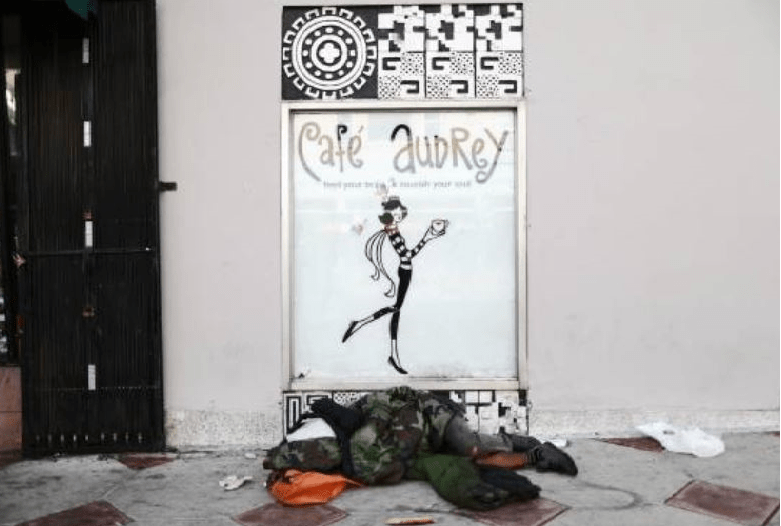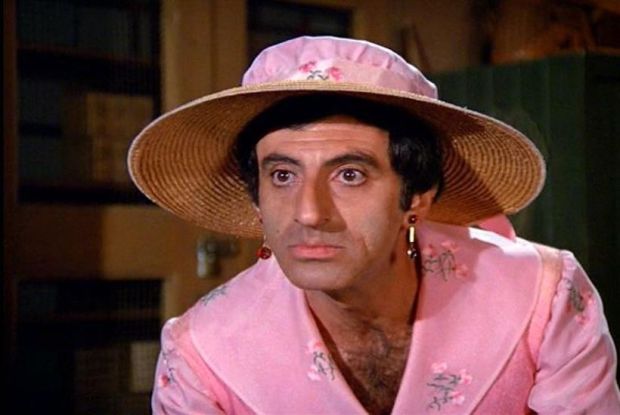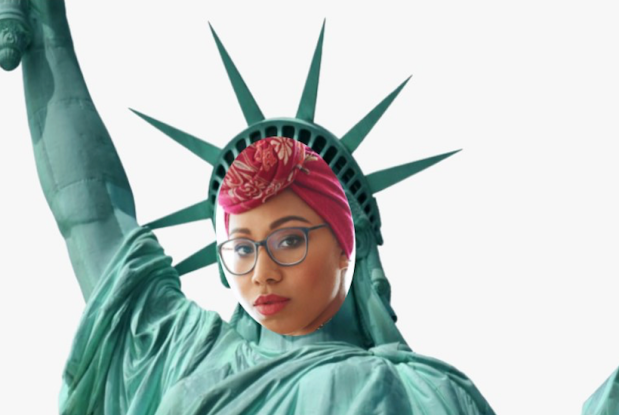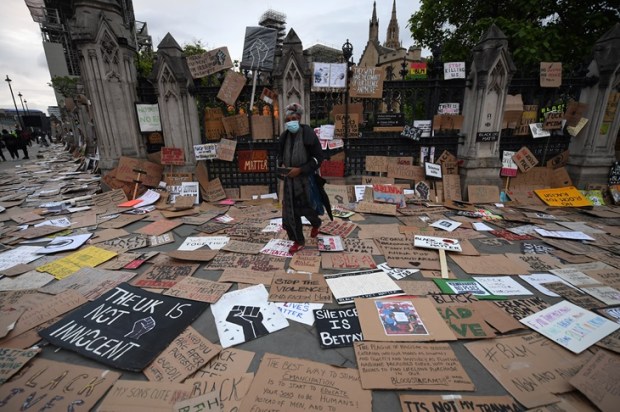My favourite American urbanist and demographer, Joel Kotkin, writes how the quest for social justice so often harms the poor:
Perhaps no issue more motivates progressive activists than social justice. Good intentions may motivate the social justice warriors, albeit sometimes sprinkled with a dollop of self-hatred. But good intentions do not necessarily produce good results. Indeed, often the policies favored by progressive idealists hinder the economic and social progress of the very people they seek to rescue.
They do this in many ways, emphasizing subsidies and preferences based on race while undermining the economic growth that most poor people, of any race, according to a recent You Gov poll, believe would be more effective than entitlement spending in reducing poverty…
In California and other progressive states, woke policies are clearly not helping the poor. Indeed despite all the progressive rhetoric, African Americans and Latinos suffer considerably higher rates of poverty in California than in the rest of the nation; the Golden State already suffers the highest percentage of poor people among the states. The twin pillars of woke politics, California and New York, also suffer both the highest rates of inequality in the nation.
Many policies embraced by progressives also hamper minority aspirations to enter the middle class. California policies that restrict peripheral development, for example, have made home ownership all but impossible, and rents unsustainably high, for most minorities and working class families. In the Los Angeles metropolitan area, for example, 37 per cent of Latinos and 33 per cent of African Americans own their own home; in much dissed and less rigorously progressive places like Houston (51 per cent & 42 per cent) or Atlanta (44 per cent & 45 per cent), the percentages are much higher.
The deepest blue cities — San Francisco, New York, San Jose, Los Angeles and Boston — may be ruled by social justice activists but, according to Pew research, suffer the largest gaps between the bottom and top quintiles. Long-standing minority communities like Albina in Portland are disappearing as 10,000 of the 38,000 residents have been pushed out of the historic African-American section. San Francisco’s African-American black population is roughly half that of the 1970s, constituting less than 5 percent of the city’s population. More than half of the Bay Area’s lower-income communities, notes a recent UC Berkeley study, are in danger of mass displacement.
But this is a feature, not a bug. The left has never been about helping the poor and the marginalised to become self-sufficient and successful but about making the people a wholly own subsidiary of the government. The objective is a sort of democratic serfdom, where a large enough coalition is pulled together that combines economic and moral dependency with electoral support into a self-perpetuating cycle.
Kotkin mentions that “A direct result of climate policies, high energy prices place enormous burdens on California’s working-class families, particularly in the less temperate interior. These policies also discourage the growth of manufacturing and other blue-collar industries that long incubated opportunities for working people. ” Which is interesting to read on the same day as a study that shows 87 per cent of elderly Victorians who get hypothermia do so at home. Old people are literally freezing to death on the account of rising energy prices, which in turn are an expression of the woke (and usually much better off) desire “to do something” about climate change.
Kotkin is an old style, “blue dog” Democrat from the era where the left actually cared about things like jobs. The poor and the working class now lose out to abstractions like “social justice” and “the environment”, which can mean anything, justify everything, and deliver nothing but for giving the wokeing class the warm glow of self-righteousness. Pity you can’t use that warm glow to heat houses.
As I have written many a time before, the working class has disappointed the left as an agent of revolutionary change – it has proven too conservative in its ways and too materialistic in its aspirations. Fortunately, in the era of intersectionality, new oppressed classes have been found that can now be championed instead. As Kotkin points out, and partly as a result of the left’s own policies, there are now fewer blue collar jobs around and they, in turn, are less unionised than before. The unions’ powerbase is now in the white collar and service industries: education, health, public administration. These are all wholly or predominantly dependent on government for their livelihood. Thus, a perfect symbiosis has been achieved. At the same time, the left’s dominance over education, culture and bureaucracies has borne fruit in the form of the contemporary upper middle class, which increasingly champions all the woke causes in business and professions while being sufficiently well off to not care about the impact of such policies on the rest of the population.
Kotkin could have added that Los Angeles now has the largest homeless population in America. But don’t worry, California’s governor wants to extend all government services to illegal migrants. This is how you get Trump, and this is how you get Australia’s own Liberal Party becoming increasingly the party of the working class.
Arthur Chrenkoff blogs at The Daily Chrenk, where this piece also appears.
Got something to add? Join the discussion and comment below.
Got something to add? Join the discussion and comment below.
Get 10 issues for just $10
Subscribe to The Spectator Australia today for the next 10 magazine issues, plus full online access, for just $10.


























Comments
Don't miss out
Join the conversation with other Spectator Australia readers. Subscribe to leave a comment.
SUBSCRIBEAlready a subscriber? Log in